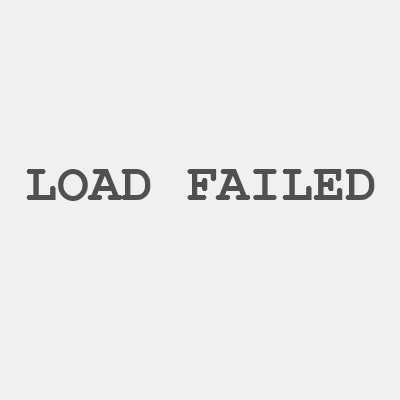The types of masks mainly include ordinary gauze masks, medical masks (usually disposable), industrial dust masks (such as KN95 / N95 masks), daily protective masks and protective masks (protect from oil smoke, bacteria, dust, etc.). Compared with other types of masks, medical masks have higher technical requirements, and can be produced only after obtaining the relevant medical device registration certificate. For ordinary people living at home or in outdoor activities, choosing disposable medical masks or ordinary protective masks can meet the daily epidemic protection needs.
According to the shape, masks can be divided into flat type, folding type and cup type. The flat face mask is easy to carry, but the tightness is poor. Folding mask is convenient to carry. The cup-shaped breathing space is large, but it is not convenient to carry.
It can be divided into three categories according to the wearing method. The head wearing type is suitable for workshop workers who wear it for a long time, which is troublesome. Ear wearing is convenient to wear and take off frequently. The neck wearing type uses S hooks and some soft material connectors. The connecting ear belt is converted into the neck belt type, which is suitable for wearing for a long time, and is more convenient for workshop workers wearing safety helmets or protective clothing.
In China, according to the classification of materials used, it can be divided into five categories:
1. Gauze masks: Gauze masks are still used in some workshops, but the requirements of GB19084-2003 standard are relatively low. It do not comply with GB2626-2019 standard and can only protect against large particle dust.
2. Non woven masks: Most disposable protective masks are non-woven masks, which are mainly filtered by physical filtration supplemented by electrostatic adsorption.
3. Cloth mask: The cloth mask only has the effect of keeping warm without filtering fine particle matter (PM) and other tiny particles.
4. Paper mask: it is suitable for food, beauty and other industries. It has the characteristics of good air permeability, convenient and comfortable use. The paper used complies with the GB / t22927-2008 standard.
5. Masks made of other materials, such as new bio protective filter materials.
China is a big country in the mask industry, producing about 50% of the masks in the world. Before the outbreak, the maximum daily output of masks in China was more than 20 million. According to the data, the output value of the mask industry in Chinese Mainland grew by more than 10% from 2015 to 2019. In 2019, the output of masks in Chinese Mainland exceeded 5 billion, with an output value of 10.235 billion Yuan. The production speed of the fastest mask is 120-200 pieces / second, but a standard process of analysis and disinfection takes 7 days to half a month. Because the medical mask is sterilized with ethylene oxide, after sterilization, there will be ethylene oxide residue on the mask, which will not only stimulate the respiratory tract, but also cause carcinogens. In this way, the residual ethylene oxide must be released through analysis to meet the safety content standard. Only after passing the test it can be delivered to the market.
China’s mask industry has developed into a mature industry with an annual output value of more than 10 billion Yuan. The fitting degree, filtering efficiency, comfort and convenience of masks have also been greatly improved. In addition to medical surgical masks, there are many sub categories such as dust prevention, pollen prevention and PM2.5 filtration. Masks can be seen in hospitals, food processing plants, mines, urban smog days and other scenes. According to the data of AI media consulting, in 2020, the market scale of China’s mask industry will have a significant increase on the basis of the original sustained growth, reaching 71.41 billion Yuan. In 2021, it will fall back to a certain extent, but the overall market scale of the whole mask industry is still expanding.

